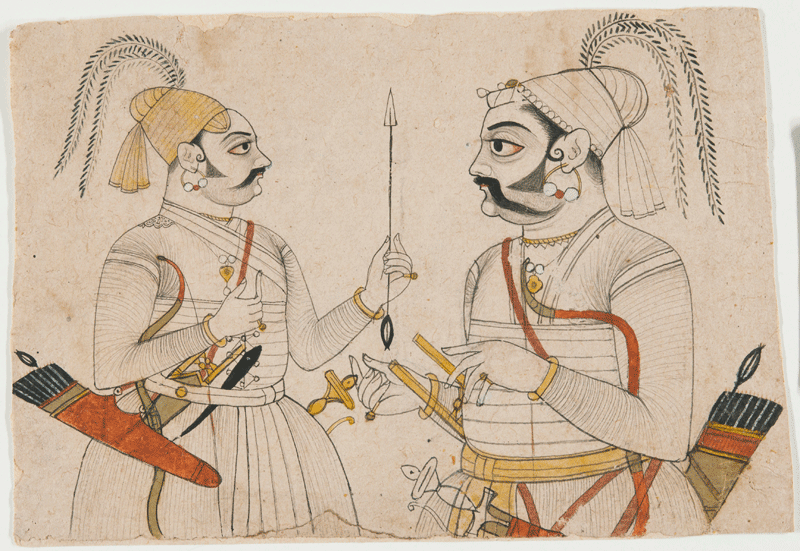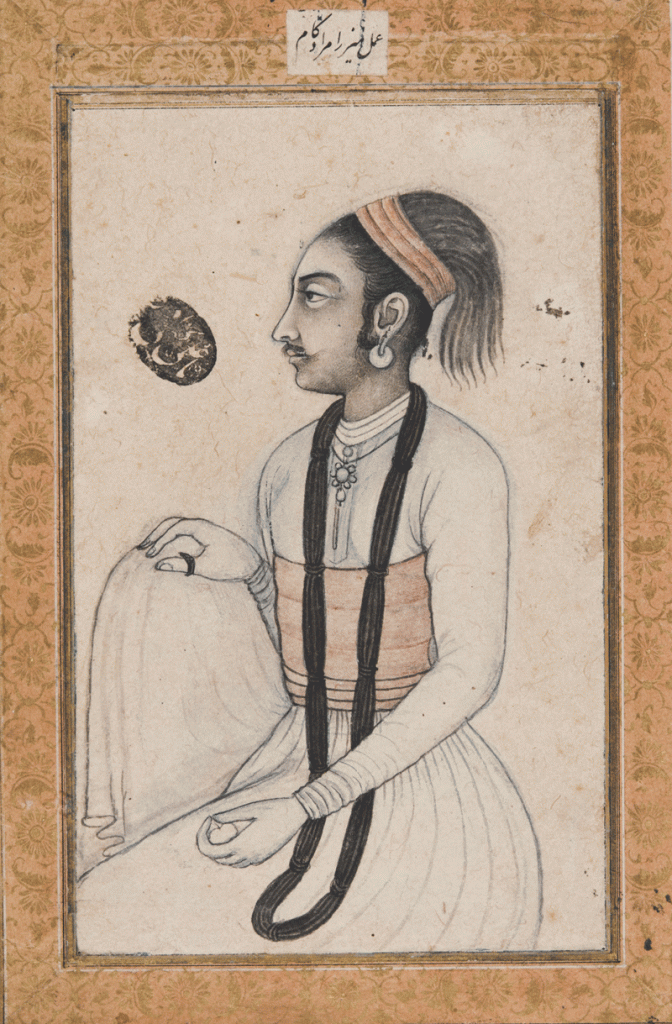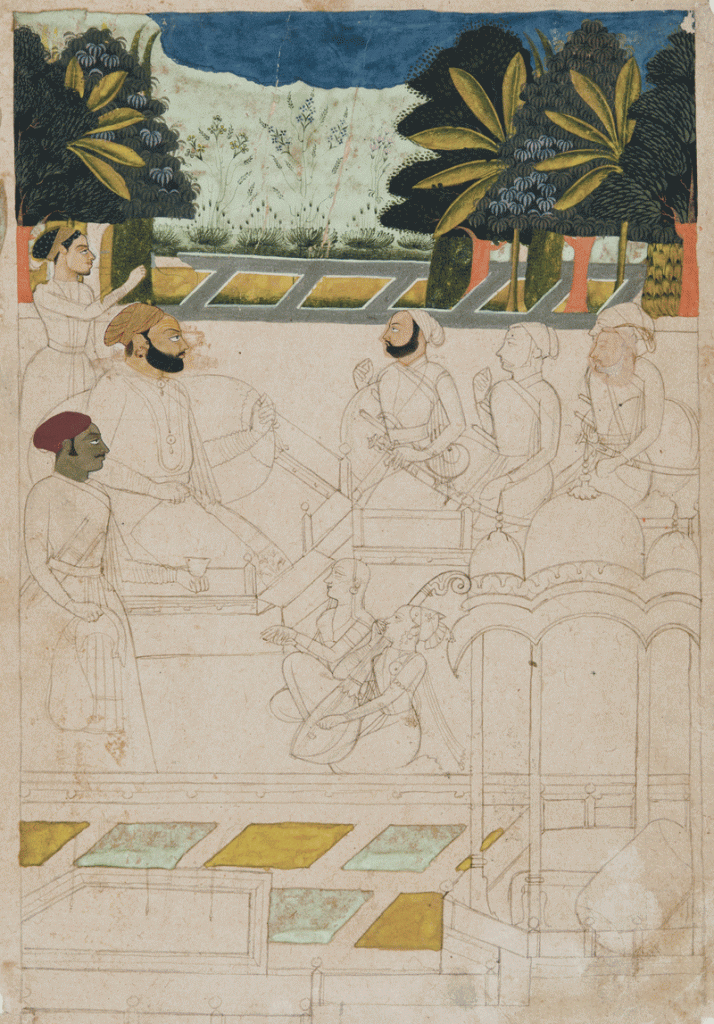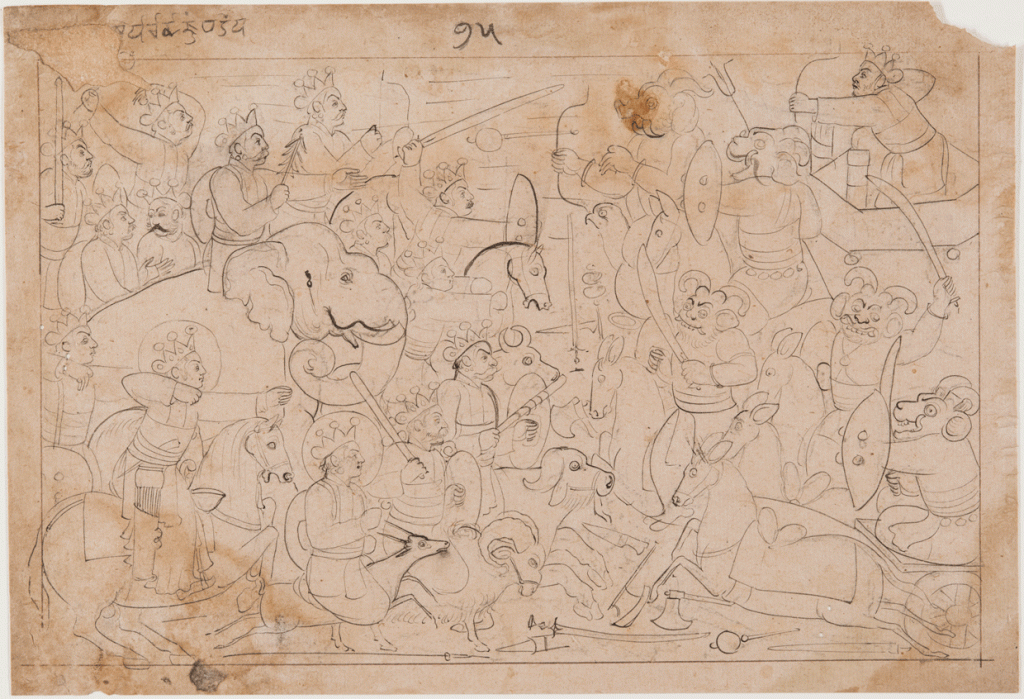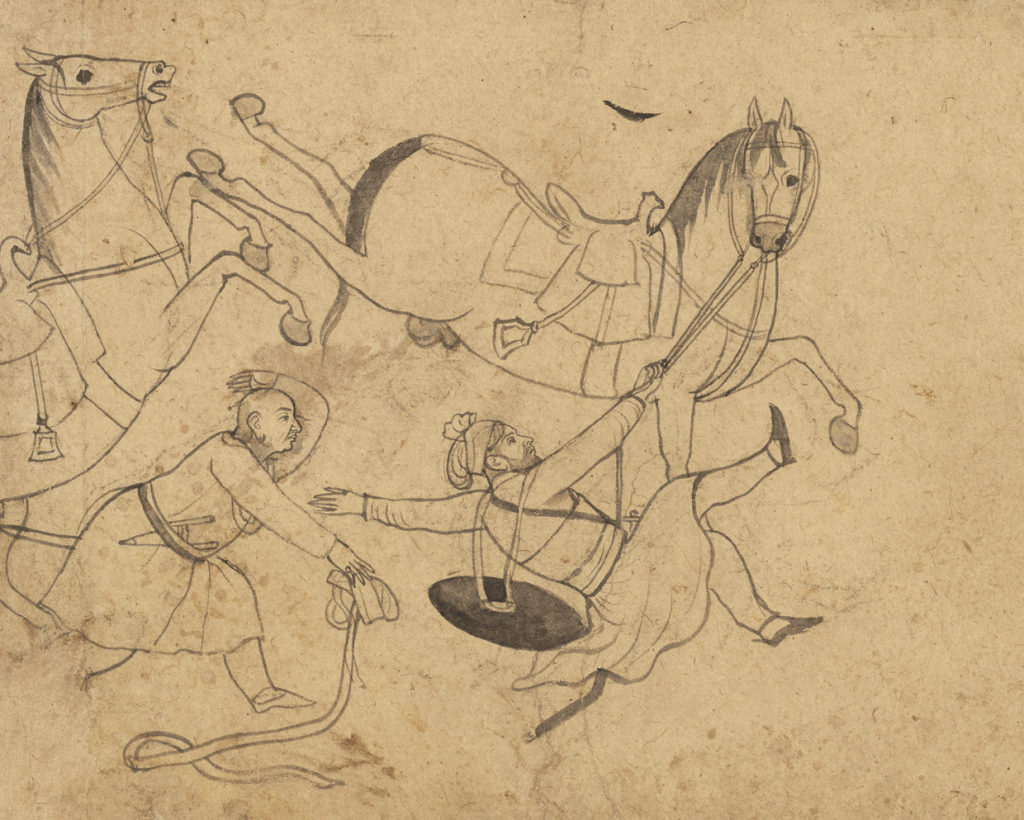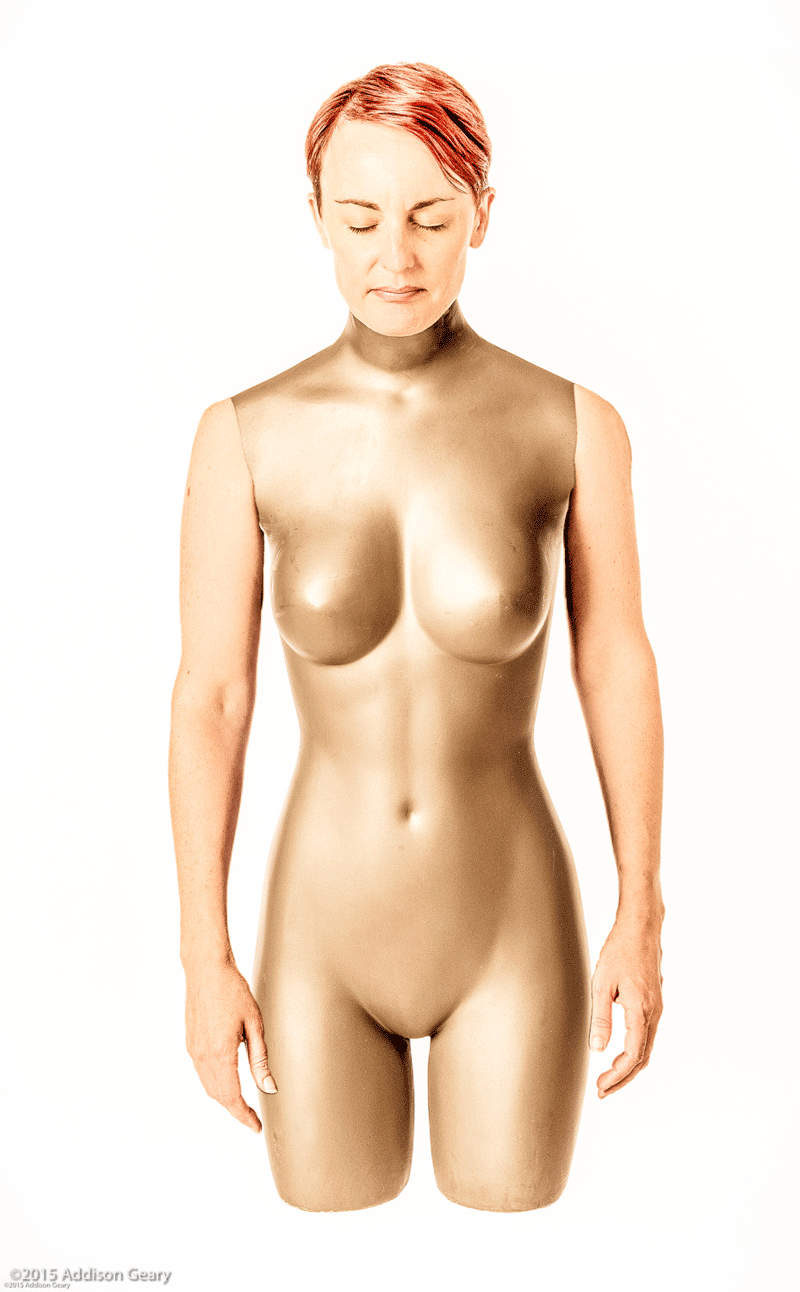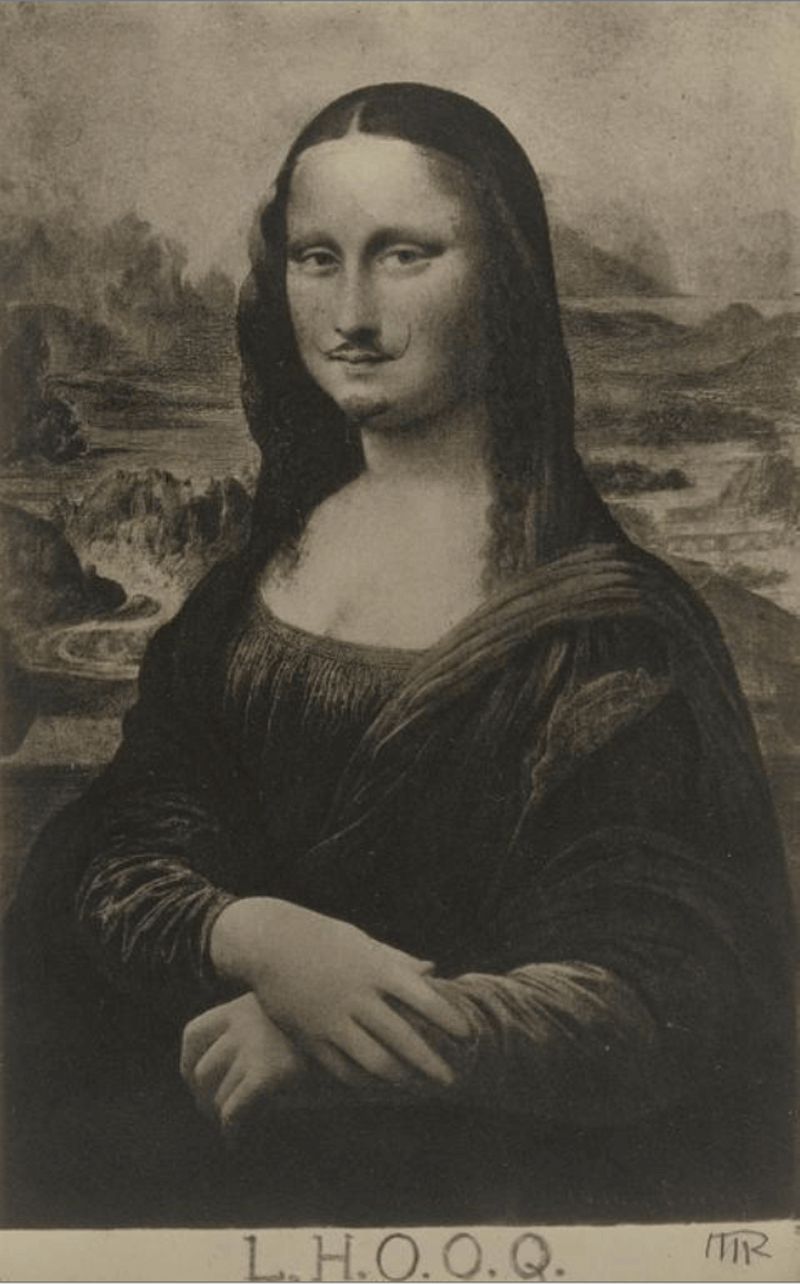 Revanti, 2003 (negative); 2015 (print). Gauri Gill, Indian, born 1970. Inkjet print, Image: 62 13/16 × 42 inches
Revanti, 2003 (negative); 2015 (print). Gauri Gill, Indian, born 1970. Inkjet print, Image: 62 13/16 × 42 inches
Picture This: Contemporary Photography and India
December 2015 – April 3, 2016
The Philadelphia Museum of Art is presenting the work of four contemporary photographers whose visions of India blend keen social observation with emotional insight, beauty, and imagination. Picture This: Contemporary Photography and India focuses on Gauri Gill, Sunil Gupta, Max Pinckers, and Pamela Singh. This exhibition features sensitive portraits and self-portraits; landscape photographs dealing with identity, family history, and the notion of a homeland; and a unique body of work mixing a documentary inquiry into love with the fantasy and spectacle of Bollywood film—all on view for the first time in Philadelphia. The artists share a cosmopolitan approach to the world, picturing India from multifaceted perspectives that often blur such categories as “insider” and “outsider.” They are also united by a creative approach to the documentary capacities of the photographic medium.
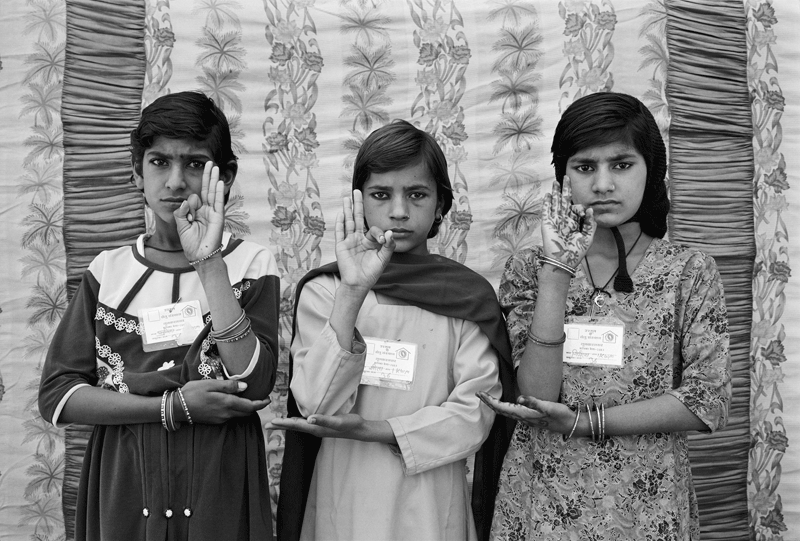 Sunita, Sita, and Nirmala, 2003. Gauri Gill, Indian, born 1970. Inkjet print, Sheet: 28 × 42 inches
Sunita, Sita, and Nirmala, 2003. Gauri Gill, Indian, born 1970. Inkjet print, Sheet: 28 × 42 inches
Gauri Gill is represented by images from her Balika Mela series, in which she combines traditions of popular and fine-art portraiture with an awareness of photography’s historical role in ethnographic documentation and exotic stereotyping. Asked to “do something with photography” at a fair for girls in rural Rajasthan, the artist set up a makeshift studio and invited fair-goers to have their portraits made. The subjects of Gill’s photographs mix improvised demonstrations of personality and friendship with gestures and poses drawn from local visual culture and popular media. Above all, the girls embrace the unusual opportunity to decide how they will be seen—not only within their own communities, but also by audiences beyond.
 Untitled, 20062011 (negative); 2015 (print). Sunil Gupta, Canadian (born India), active London and Delhi, born 1953. Inkjet print, Image: 17 7/8 × 22 inches
Untitled, 20062011 (negative); 2015 (print). Sunil Gupta, Canadian (born India), active London and Delhi, born 1953. Inkjet print, Image: 17 7/8 × 22 inches
Sunil Gupta is an artist-activist. Since the 1970s, he has explored the politics and experience of gay life in terms of his own identity as an HIV-positive Indian man living and working between Canada, the US, England, and India. He is represented by unflinching images from the beginning of his career, including the 1976 Christopher Street series shot in New York’s West Village, to an ongoing series, originating in 2006, dealing with Gupta’s contradictory emotions around his family’s ancestral village and the death of his father.
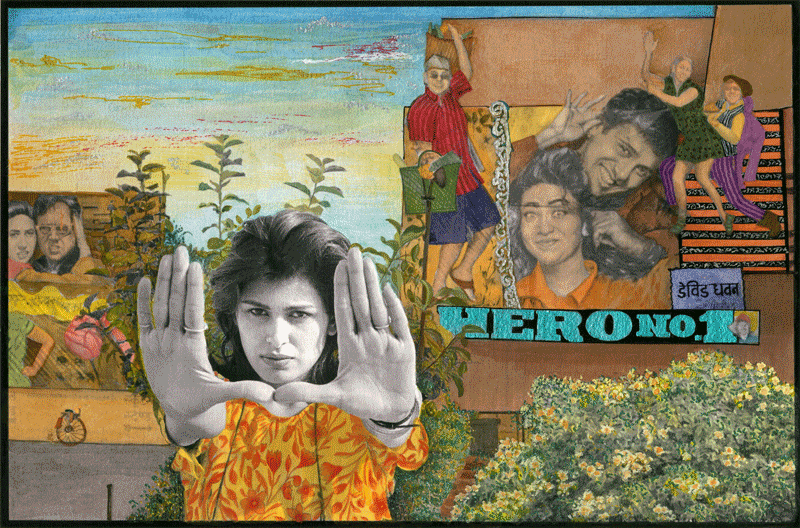 Treasure Map 006, 19941995 (negative); 2015 (print and painting). Pamela Singh, Indian, born 1962. Inkjet print, hand painted, Image: 5 1/4 × 8 inches
Treasure Map 006, 19941995 (negative); 2015 (print and painting). Pamela Singh, Indian, born 1962. Inkjet print, hand painted, Image: 5 1/4 × 8 inches
Pamela Singh turned to photography as an expressive medium after many years as a photojournalist. Featuring her own body in photographs of the social landscape of the Old City of Jaipur, she imbues the images with psychic depth, placing her cosmopolitanism in dialogue with nostalgia for community. These works raise questions about what it means to look and to be looked at across social boundaries. Singh’s use of paint to embellish the surface of her images also connects them with traditions of Indian miniature painting, as well as with the historical practice of painting on photographs. In the Tantric Self-Portrait series, her application of gold, vermillion, and mud further invests the photographs with personal spiritual meaning.
 The Lorry Driver, 19941995 (negative); 2014 (print). Pamela Singh, Indian, born 1962. Gelatin silver print, Image: 6 × 9 inches
The Lorry Driver, 19941995 (negative); 2014 (print). Pamela Singh, Indian, born 1962. Gelatin silver print, Image: 6 × 9 inches
 Zindagi, 2014. Max Pinckers, Belgian, born 1988. Inkjet print, Sheet: 42 15/16 × 52 3/8 inches
Zindagi, 2014. Max Pinckers, Belgian, born 1988. Inkjet print, Sheet: 42 15/16 × 52 3/8 inches
Max Pinckers, who was raised primarily in South and Southeast Asia, is represented by a body of work titled Will They Sing Like Raindrops or Leave Me Thirsty (2014). The project weaves photojournalistic images with staged scenes that draw on the romantic plots and glitzy look of Bollywood films, magazine and newspaper clippings, and photographs of ephemeral sculptures created in the streets of Mumbai. It also documents love and marriage in India and explores the ways in which photographs can tell the truth about complex subject matter. Using the photobook as a primary format, Pinckers weaves these pictures into a loose narrative that becomes a tapestry of facts and perceptions.
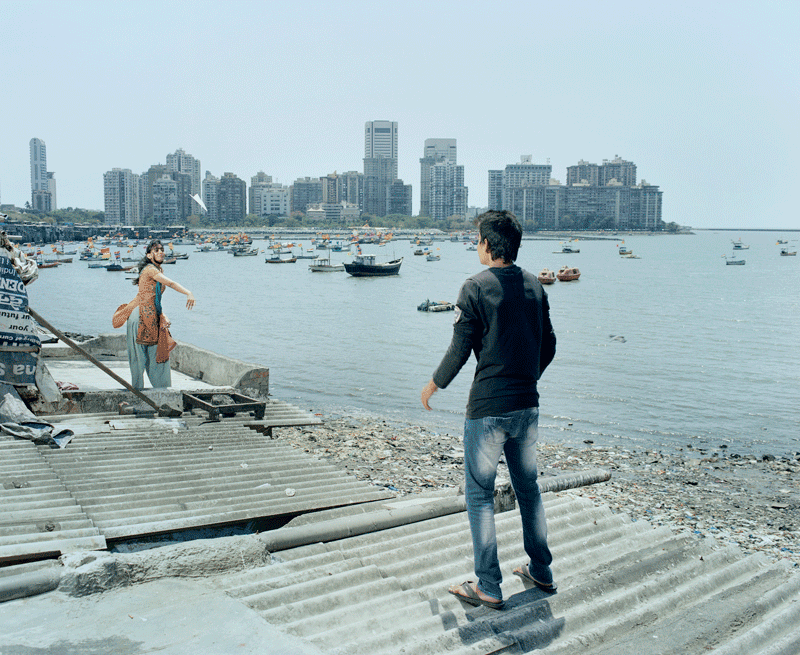 Paper Planes, 2014. Max Pinckers, Belgian, born 1988. Inkjet print, Sheet: 21 1/4 × 26 inches
Paper Planes, 2014. Max Pinckers, Belgian, born 1988. Inkjet print, Sheet: 21 1/4 × 26 inches
Nathaniel M. Stein, the Museum’s Horace W. Goldsmith Curatorial Fellow in Photography, stated: “Like many contemporary photographers, the artists featured in this exhibition use the documentary capacities of the medium imaginatively. They pose questions about identity, self-representation, and truth. They also explore the role of photographic images in modern society, and they envision social experiences such as desire, dislocation, and love. In doing so, these photographers are connecting a culturally specific engagement with India to themes and strategies that are central to contemporary artists across the globe.”
About the artists
Gauri Gill (b. 1970, Chandigarh, India) is based in New Delhi. She received a BFA in Applied Art at the Delhi College of Art, New Delhi; and a BFA in Photography at the Parsons School of Design, New York; and an MFA in Art at Stanford University in California. In addition to maintaining a robust international exhibition schedule, she works extensively with local communities in India, using photography as a means to effect social change. Gill is a coeditor (with Sunil Gupta and Radhika Singh) of the Delhi-based photography journal, Camerawork. In 2011 she was awarded the Grange Prize, Canada’s foremost award for photography.
Sunil Gupta (Canadian, b. 1953, New Delhi, India) is among India’s best-known living photographers. He is an artist, writer, activist, and curator who lives and works in London and Delhi. Gupta’s work has been presented in over ninety international solo and group exhibitions. Educated at Concordia University, Montreal; The New School for Social Research, New York; and the Royal College of Art, London, his publications include three monographs Pictures From Here (2003), Wish You Were Here: Memories of a Gay Life (2008), and Queer: Sunil Gupta (2011).
Max Pinckers (b. 1988, Brussels, Belgium) received his BA and MFA in photography from the School of Arts at University College, Ghent, where he is currently pursuing a doctoral degree in the fine arts. Based in Brussels, Pinckers was raised in Indonesia, Australia, Belgium, India, and Singapore and has worked extensively in Thailand, India, and Africa. In 2015 he was selected as a Nominee Member of Magnum Photos. His publications include The Fourth Wall (2012) and Will They Sing Like Raindrops or Leave Me Thirsty (2014). Picture This: Contemporary Photography and India is his first exhibition in an American museum.
Pamela Singh (b. 1962, New Delhi, India) trained at the Parsons School of Design, New York; the American College, Paris; and the International Center for Photography, New York. During the 1990s Singh worked as a photojournalist in communities, disaster areas, and conflict zones around the world, publishing in venues such as Newsweek, Paris Match, The Sunday Times (London), and The Washington Post. In 1997 her work was included in the major touring exhibition India: A Celebration of Independence, 1947–1997, organized by Aperture and the Philadelphia Museum of Art. By 2000 Singh shifted her attention away from photojournalism and has since exhibited internationally.
Curator
Nathaniel M. Stein, Horace W. Goldsmith Curatorial Fellow in Photography
Location
Julien Levy Gallery, Perelman Building
Exhibition hours
Tuesday–Sunday, 10:00 a.m.–5:00 p.m.
Social Media
Facebook and Twitter: philamuseum; Tumblr: philamuseum; YouTube: PhilaArtMuseum; Instagram: @philamuseum
The Philadelphia Museum of Art is Philadelphia’s art museum. We are a landmark building. A world-renowned collection. A place that welcomes everyone. We bring the arts to life, inspiring visitors—through scholarly study and creative play—to discover the spirit of imagination that lies in everyone. We connect people with the arts in rich and varied ways, making the experience of the Museum surprising, lively, and always memorable. We are committed to inviting visitors to see the world—and themselves—anew through the beauty and expressive power of the arts.
Thank you to The Philadelphia Museum of Art for the content of this post.
Read DoN‘s review of Sunil Gupta‘s photography at DoNArTNeWs
Like Philadelphia Museum of Art of facebook
Like DoNArTNeWs Philadelphia Art News Blog on facebook
Follow the new DoNArTNeWs.com
Follow DoN on Twitter @DoNNieBeat58
DoNArTNeWs on Tumblr
@donniebeat on Instagram
Affiliate Marketing [disclosure page] Shop on-line and help support DoNArTNeWs
Donate via safe and secure PayPal in the sidebar.

